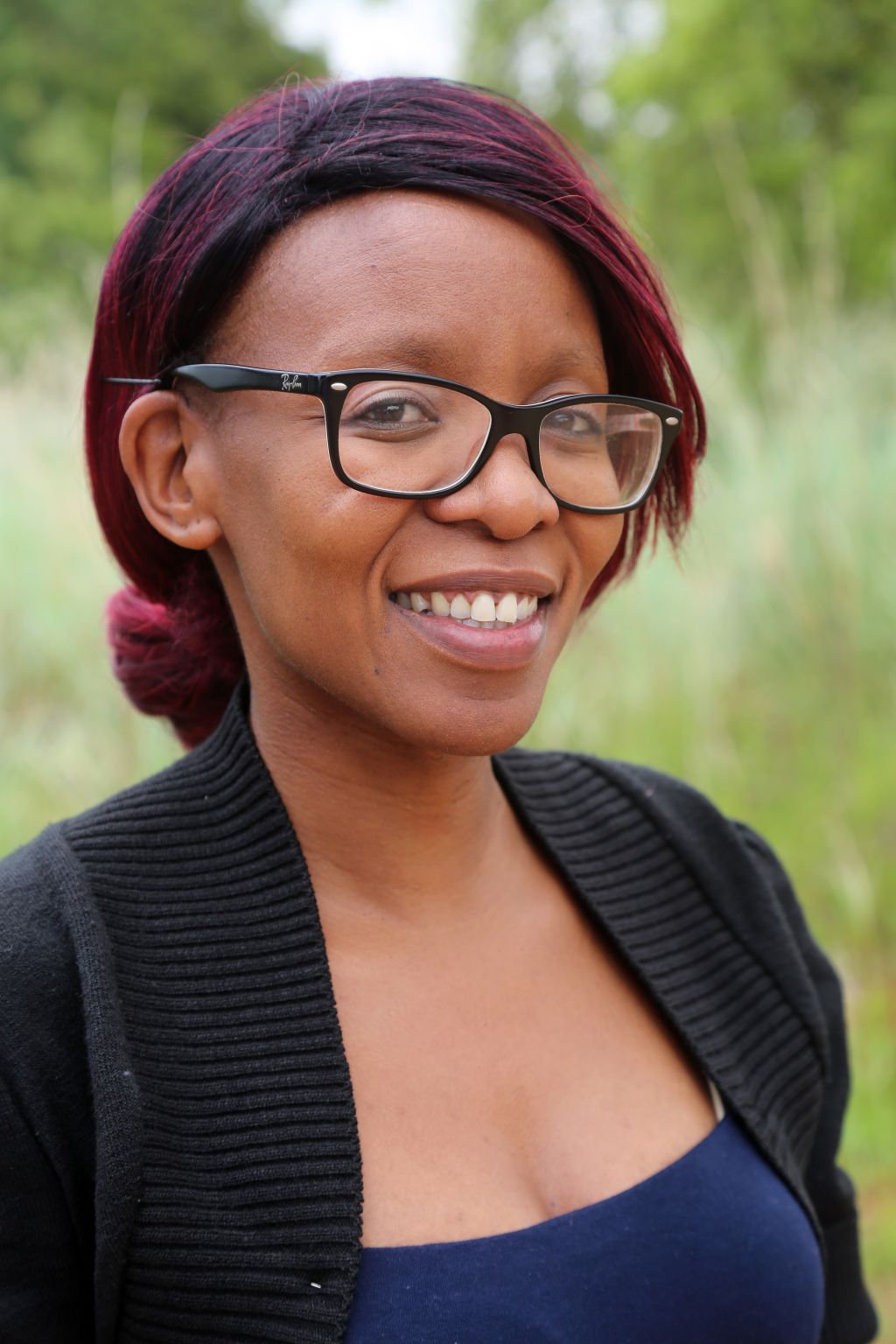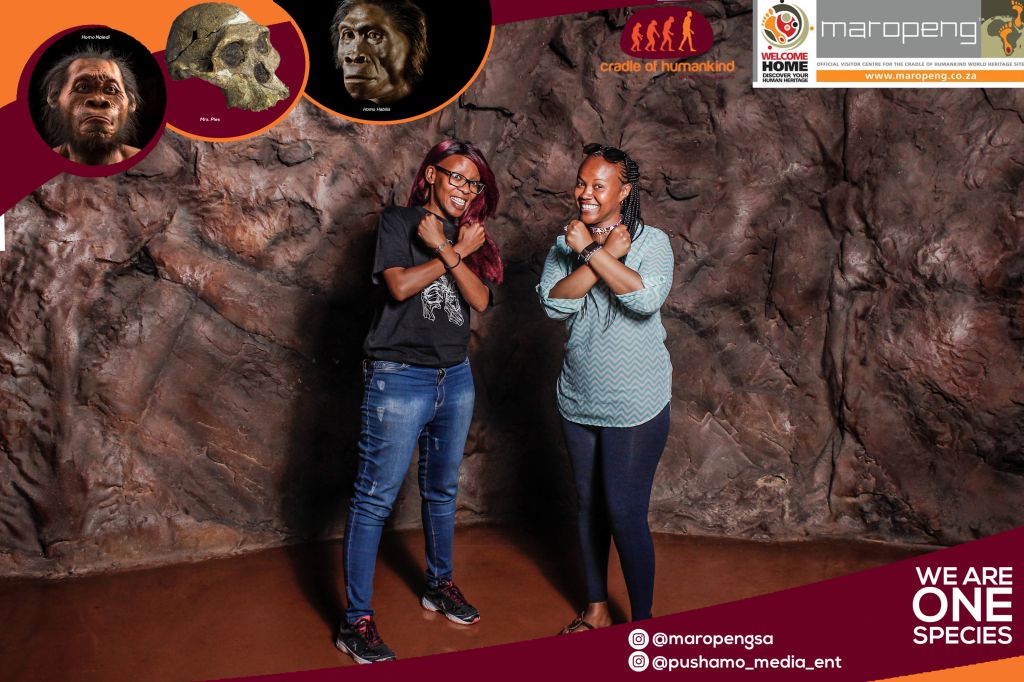Owning the African story: the role of museums in 2020

When she took the reins as curator at Maropeng, adventurer and archaeologist Keneiloe Molopyane had a compelling notion of the importance of museums in society.
“Basically, museums need to be like a teenager’s bedroom; a safe haven where you are honest and vulnerable with yourself, and emerge like a phoenix rising from the ashes!,” she said at the time.
Nine months later, on International Museum Day, Molopyane, an archaeologist and biological anthropology PhD candidate, shared her thoughts on the impact and importance of museums on the African continent.
You’ve now been curator at Maropeng for nearly a year! What’s it been like?
Has it been nearly a year already? Time really does fly – with a super-charged jetpack to help it along! Right, so I’ve been sitting in the curator’s seat for roughly nine months now, and it has been a bit of a ride. Believe it or not, I’m an incredibly shy person and I often keep to myself, unless you get me talking about archaeology and bones!
The best part about this whole experience is that I get bragging rights to say that I work at a World Heritage Site that is home to many discoveries that continue to add new pieces to the puzzle of what it means to be human.
Remember when I said that I’m an incredibly shy person? Well, one of my key roles as curator of both the Maropeng and Sterkfontein visitor centres is to keep the Cradle of Humankind, a World Heritage Site, in the minds of the public. The only way to do this is to venture out of my shell, and get in front of the mic or camera and say some things.
The anxiety levels are still up there, but I really love talking about this weird and crazy hectic career path I’m headed down. Check out our #FossilFriday feature on Twitter where the knowledgeable Maropeng tour guides and I share our nominations for our favourite fossil (proudly South African or not) for the week.
Sounds great. You’ve probably seen more museums than many. Tell us about your favourite ones (apart from Maropeng!)
Oh wow, this is a rather difficult question to answer. How do you pick a favourite museum? Um, I can think of a number of memorable moments from various museums both locally and internationally.
I can think of the time I was an art student (this is a laugh considering I can’t draw a straight line) on a school outing to the Pretoria Art Museum, and this is where I saw my first nude (male) model. Now please just imagine my pint-sized art teacher running across the hall to cover my 13-year-old eyes! What a laugh!
As an archaeology undergraduate student at the University of Pretoria, I joined a behind-the-scenes tour of the Ditsong Museum and laid my eyes on treasures that the general public may never get to see unless a storyline around the objects is developed. I even have a selfie with a Terracotta Warrior that was part of a larger exhibition.
I worked at the Iziko Museums of South Africa in Cape Town as an archaeology intern a couple of years ago before joining Wits as an associate lecturer. On a weekly basis I would be running (with coffee and donuts in hand) between the Natural History Museum, the Social History building, the Slave Lodge and the Castle. So many stories, so many cool artefacts, not enough time or pages to tell you the half of it.
Internationally, my number one favourite would have to be the British Museum. While living in England, there were a number of times I had to travel to London, and of course I would make time to go to the British Museum. I’ve walked through the entire museum twice and my feet hated me at the end of every trip.
I got lost in the Louvre in Paris – it’s massive! The Smithsonian National Museum of African American History and Culture is on my bucket list.

Which are the best museums on the African continent?
There is no such thing as the best museum, whether it be in Africa or Antarctica.
How many museums do we have on the African continent?
Are we talking about big national museums or the small municipal museums that are often neglected? (In fact, it is these small-town museums that preserve the history of their surrounding communities). It is all too easy to name a well-funded museum with the best objects/artefacts on display and all the technologies at their disposal as the best, but are they truly the best?
Instead of trying to establish who is the best in the game (we all want to be winners), let’s create networks with one another and work towards a common goal – a sense of African pride.
Agreed and well said. What perspectives do you think we get from museums in Africa that we perhaps don’t get elsewhere in the world?
It’s incredibly important for African museums to be the leading voice in the telling of African stories.
There are scores of African objects on display at museums elsewhere in the world. Whether those objects were ethically collected or not is a heated topic for another day, but there is a certain material agency associated with every heritage object.
In short, there’s a feeling or energy that hits you when all the elements (the language, the environment) that bring an object to life are in place for the narrative. It’s quite a difficult concept to explain and it’s most probably a subjective rather than objective outlook, but there’s a vibe that just can’t be replicated.
There also the element of ownership, power and authority that is, in essence, reclaimed when we tell African stories in Africa. For many years, museums acted as colonial houses in which the “civilised world” could view the “other” in a manner which made sense to their world.
What African museums have the potential to do and are doing right now is the dismantling of the colonial approach to viewing the “other” by shedding light on once-silent voices.
It’s a huge responsibility. Are there unique challenges that curators here in Africa have to tackle?
I think there are a number of challenges that curators on the African continent have to navigate on a daily basis.
One challenge I can reflect upon from personal experience as an intern at a museum and now as a curator, is the daunting and often exhausting task of having to wear multiple hats of expertise.
From conversations with other curators whom I am fortunate to know, there is this general feeling of being the “jack of all trades and master of none”. Because of a shortage of trained and qualified curatorial staff, there is a huge administrative burden that is placed on the shoulders of curators – from securing funding for exhibitions, to conceptualising ideas and the narrative of exhibitions, to managing research requests from visiting researchers, and putting your best foot forward with regard to stakeholder engagement.
With limited resources this is a lot to deal with, so research pursuits often take a back seat.
Perhaps this is not simply a South African challenge, nor is it an African problem, but it’s a global challenge.
There are not enough warm bodies with unique and complementary skill sets coming together to form one cohesive unit. In the case where this is a possibility, the reality is there’s simply not enough money to keep the boat afloat with all crew members on board.